Lots of bits of learning will occur with just a few equations on back of an envelope.
Such as: how to bias a transistor to have the emitter appear as NEGATIVE RESISTANCE at some frequency (range of frequencies), so you can hang a resonator on that emitter and have a quality oscillator.
You should understand that, not from the simulator direction, but as a gut feeling about the causal phenomena.
Now ---- why is RF usually rather narrowband? because historically we used inductors to resonate with the parasitic capacitances (and intentional lumped caps), thus making the parasitics of less of an energy-stealing path.
Speaking of energy stealing, ESD structures are bad about that. What to do with them?
If half your RF energy flows into the ESD paths and is dissipated (which is the purpose of ESD structures, right?), then your system just got a 3dB hit in SNR. What to do?
Regarding EMI ---- the magnetic coupling from a wire to a rectangular loop (the easy toplogy) is
Vinduce = [ MUo * MUr * LoopArea/(2 * PI * Distance)] * dI/dT
If you have a PCB 4" by 4" in size, multiple layers of signal/vdd/gnd, located 40mm from a choppered Pulse Width Modulated 5,000 volt 2,000 amp, with the current switching in 1 microsecond, how clean is the Ground?
Probably worth simulating that one, as well as the back_of_envelope.
Truth is, the Ground Upsets are bigger than logic noise margins, and nothing is predictable, unless you shield.
regarding equipment: old spectrum analyzers and network analyzers will be less than one months pay, or visit your local HAM meetings and ask to bring your prototype over to their HAM SHACK, for 2 hours.
